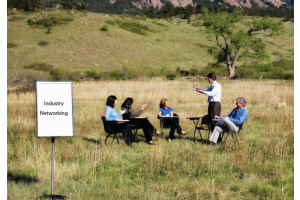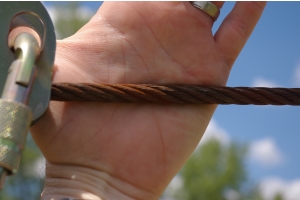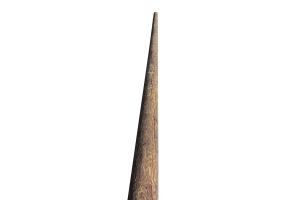Inspection
-
May 02, 2023
Utility poles are an essential part of the challenge course industry. They provide the support for climbing structures, zip lines, and other high-adventure activities. However, utility poles are also subject to a variety of hazards, including weather damage, rot, and pests. As a result, it is important to inspect utility poles regularly to ensure their safety.
There are a number of different methods for inspecting utility poles. The most common method is a visual inspection. This involves walking around the pole and looking for any signs of damage, such as cracks, splits, or missing bark. If any damage is found, it should be reported to a qualified professional for further evaluation.
Another method for inspecting utility poles is a sounding test. This involves using a hammer to tap on the pole and listen for any hollow sounds. Hollow sounds indicate that the pole may be rotten or damaged.
In some cases, it may be necessary to drill into the pole to conduct a more thorough
-
November 09, 2021
Woodpeckers are a common sight in many parts of the world. They are known for their distinctive drumming sound and their ability to peck holes in trees. While woodpeckers can be beneficial to the environment by helping to control insect populations, they can also cause damage to property.
One of the most common problems caused by woodpeckers is damage to utility poles. Woodpeckers are attracted to the sound of electricity flowing through the poles, and they will often peck at the poles in an attempt to access the power. This can damage the poles and create a safety hazard.
There are a number of things that can be done to deter woodpeckers from attacking utility poles. One option is to install birdhouses or other bird feeders near the poles. This will provide the woodpeckers with a place to go to find food, which will discourage them from pecking at the poles.
Another option is to install plastic owls or other decoys near the poles. Woodpeckers are naturally afraid of
-
August 02, 2020
Wire rope is a mainstay and central component of modern ropes course, challenge course and zip line installations. In teh ropes course and zipline industry we typically utalize flexible wire rope like 1/4" to 3/8" GAC (Galvanized Aircraft Cable)or IWRC (Independant wire rope core) in sizes up to 1". It's important for designers, installers, inspectors and operators to understand some basics on wire rope design and inspection.
Wire rope construction
Wire rope is made up of a number of individual wires that are twisted together. The wires can be made of a variety of materials, including steel, stainless steel, and aluminum. The type of material used will depend on the application. For example, steel wire rope is strong and durable, but it is also heavy. Stainless steel wire rope is corrosion resistant, but it is also more expensive than steel wire rope. Aluminum wire rope is lightweight, but it is not as strong as steel or stainless steel wire rope.
-
May 06, 2020
Rope courses and ziplines are a great way to have fun and get exercise, but they can also be dangerous if the trees they are built in are not healthy. That's why it's important to have a certified arborist conduct a level 2 inspection to assess the tree health before installing a ropes course or zipline.
A level 2 inspection is a more thorough inspection than a level 1 inspection. A level 2 inspection will include:
- A visual inspection of the tree's overall health and condition.
- An inspection of the tree's roots, trunk, and branches.
- An inspection of the tree's surrounding area for potential hazards.
- An inspection of where elements and componenets of the challenge course or ropes course connect with the tree
If the certified arborist finds any problems with the tree, they will recommend repairs or removal. It is important to follow the arborist's recommendations to ensure the safety of your ropes course or zipline.
-
April 08, 2020
Inspecting utility poles is an important part of ensuring the safety of challenge course participants. By inspecting utility poles below grade, you can identify potential hazards and take steps to mitigate them.
What to Look For
When inspecting a utility pole below grade, you should look for the following:
- Settlement: Utility poles can settle over time, which can cause them to lean or tilt. If a utility pole is leaning or tilting, it is important to have it repaired or replaced.
- Corrosion: Utility poles are made of wood or concrete, and both materials can corrode over time. If you see any signs of corrosion on a utility pole, it is important to have it repaired or replaced.
- Damage: Utility poles can be damaged by a variety of things, including weather, pests, and accidents. If you see any damage to a utility pole, it is important to have it repaired or replaced.








